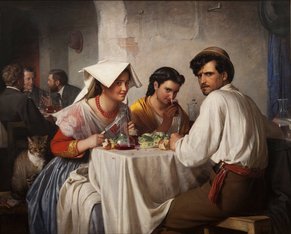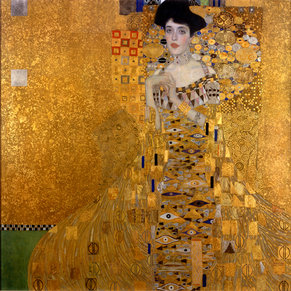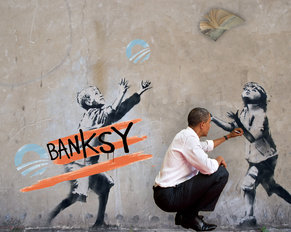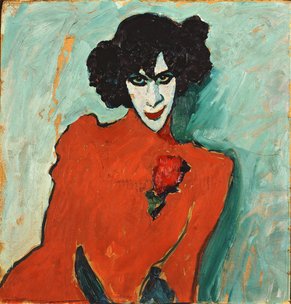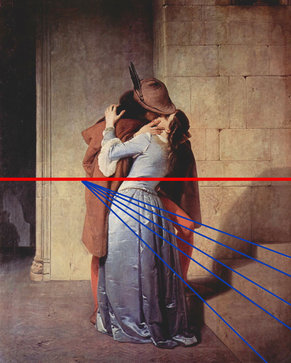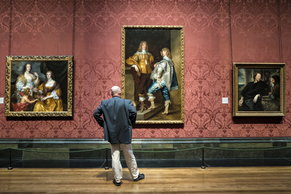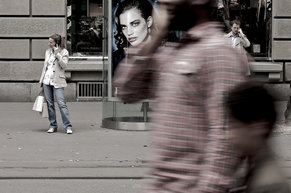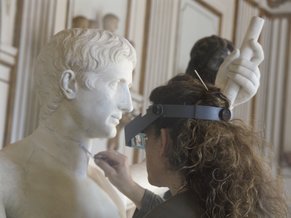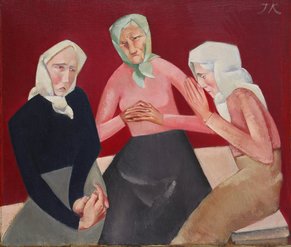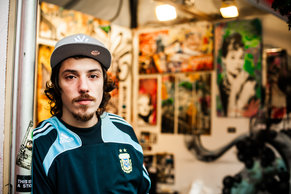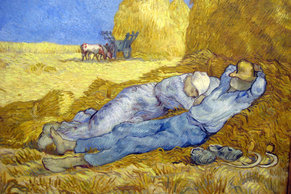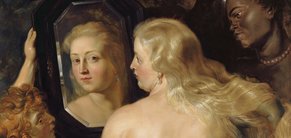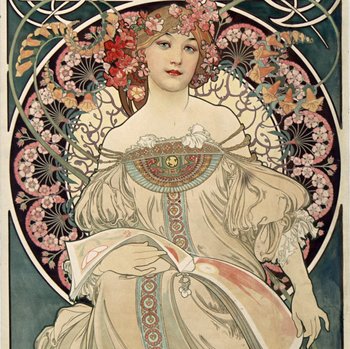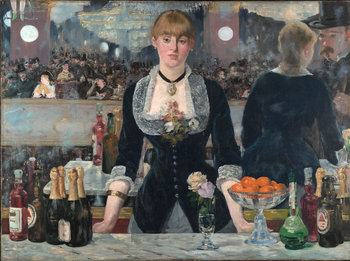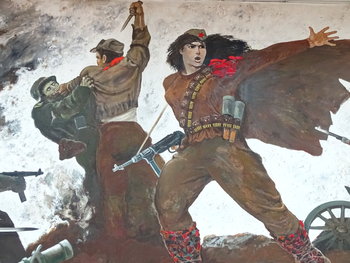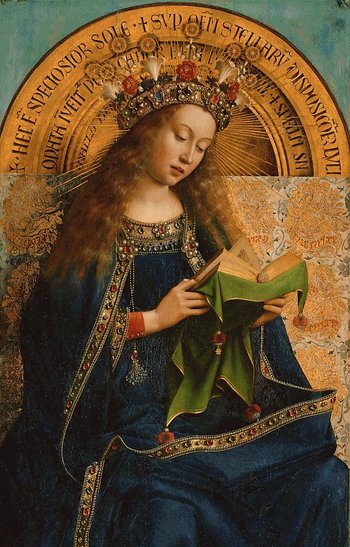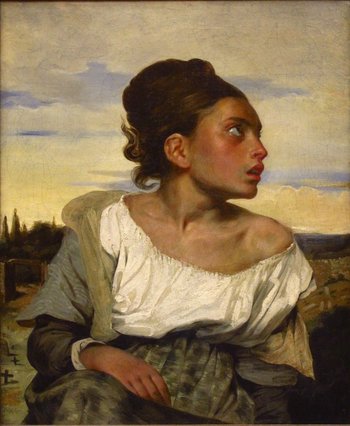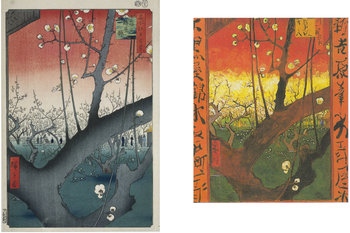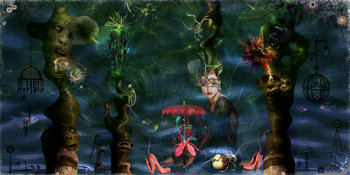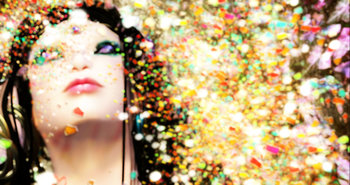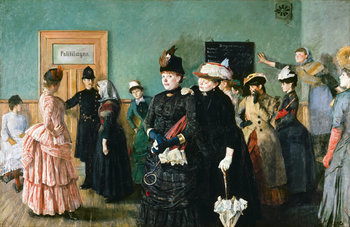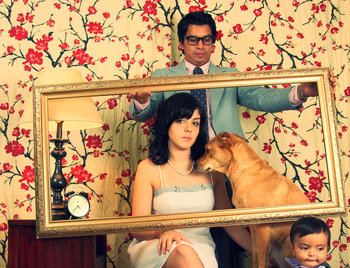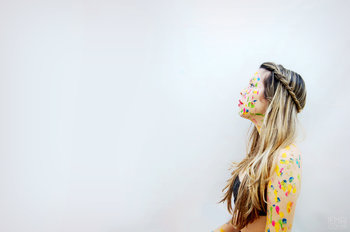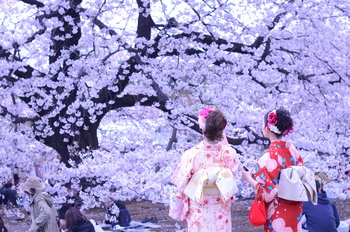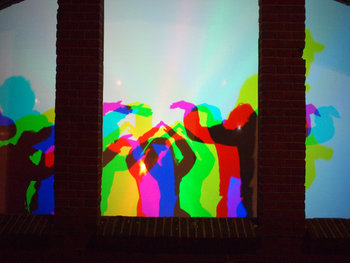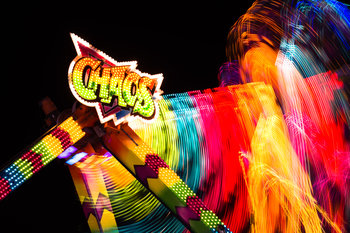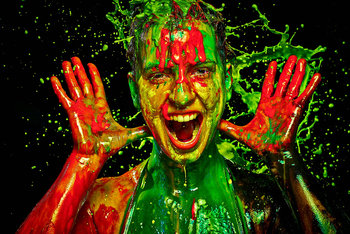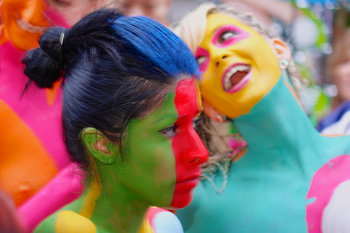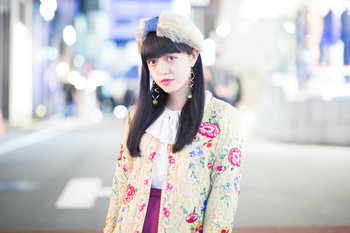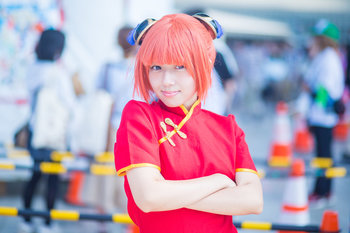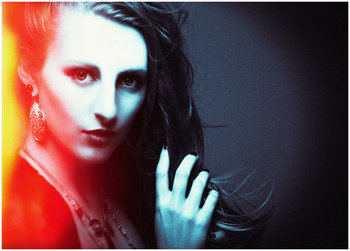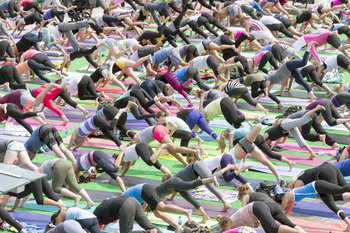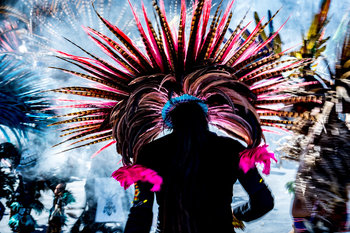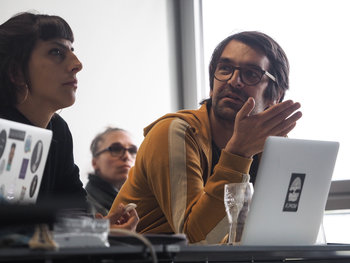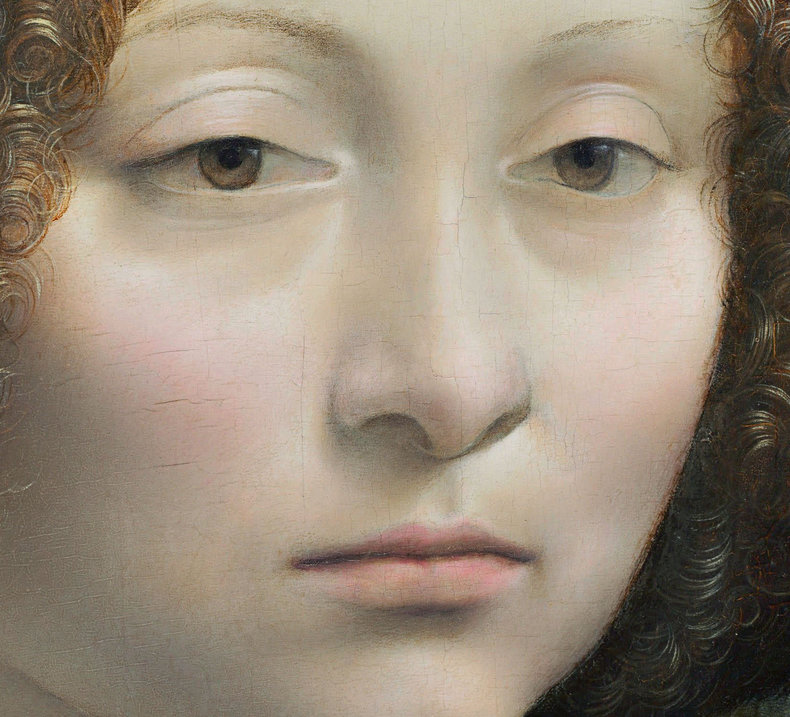
Renaissance Art
The art of the Renaissance period of European history between the 14th and 17th centuries. This was a period of change and embrace of brave new ideas such as humanism that prioritizes the human above all else. At this time, Italy was the dominant force of the art world. This would soon shift to France in the modern-era. Italian renaissance artists include Leonardo da Vinci, Michelangelo and Sandro Botticelli.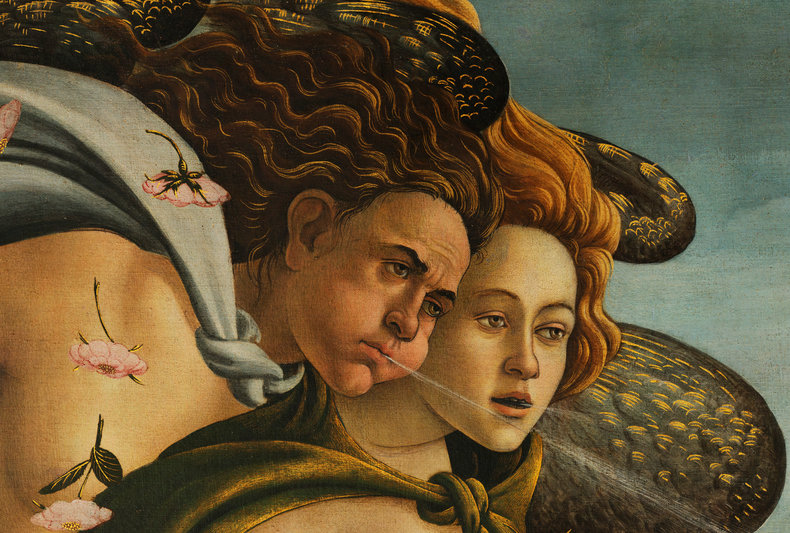
Romanticism
Romanticism was a 19th century art movement that emphasized emotion and individualism. It is viewed as a reaction to the mechanization and systematization of the industrial revolution that was dramatically transforming the world at this time. Romanticism glorified the past and tended to depict medieval history as opposed to antiquity.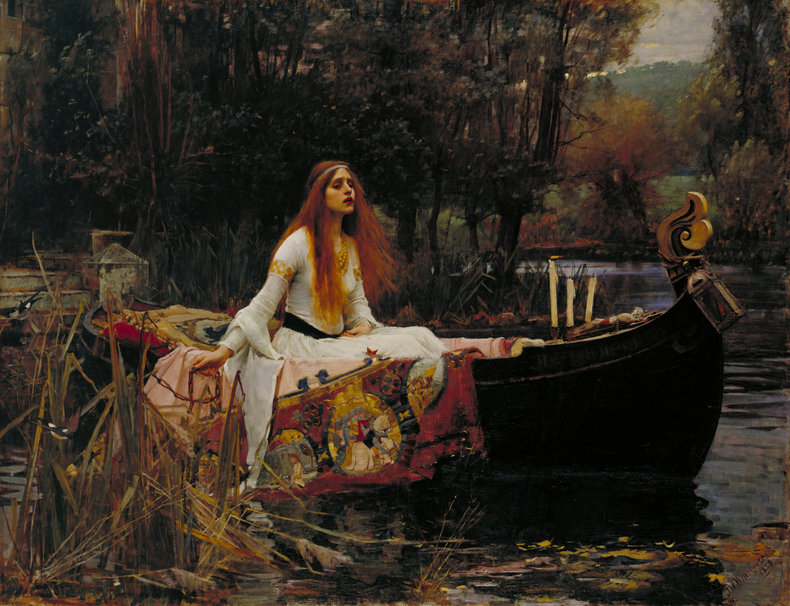
Neoclassicism
Neoclassicism is art that draws on the art, culture and history of antiquity, particularly ancient Rome and Greece. This was a long art movement that lasted from the late 18th century to the early 20th century. These works aren't particularly popular with contemporary art enthusiasts who may view it as inauthentic for one age to imitate another.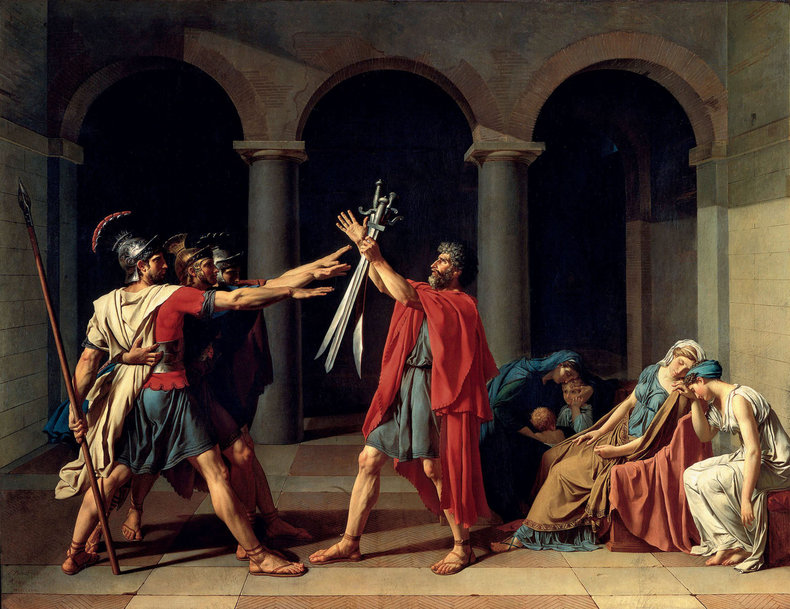
Academic Art
Academic art is 19th century art that conformed to the standards and expectations of the Académie des Beaux-Arts in Paris. These were exclusively Neoclassical and Romantic works that painted an idealist view of history filled with beautiful people with a glowing, highly refined style. Much of the best art produced in the 19th century was a reaction against academic art with its overly nostalgic content and lack of brave experimentation. Academic art enjoyed great social status in the 19th century and many artists who were outsiders sought to knock this down.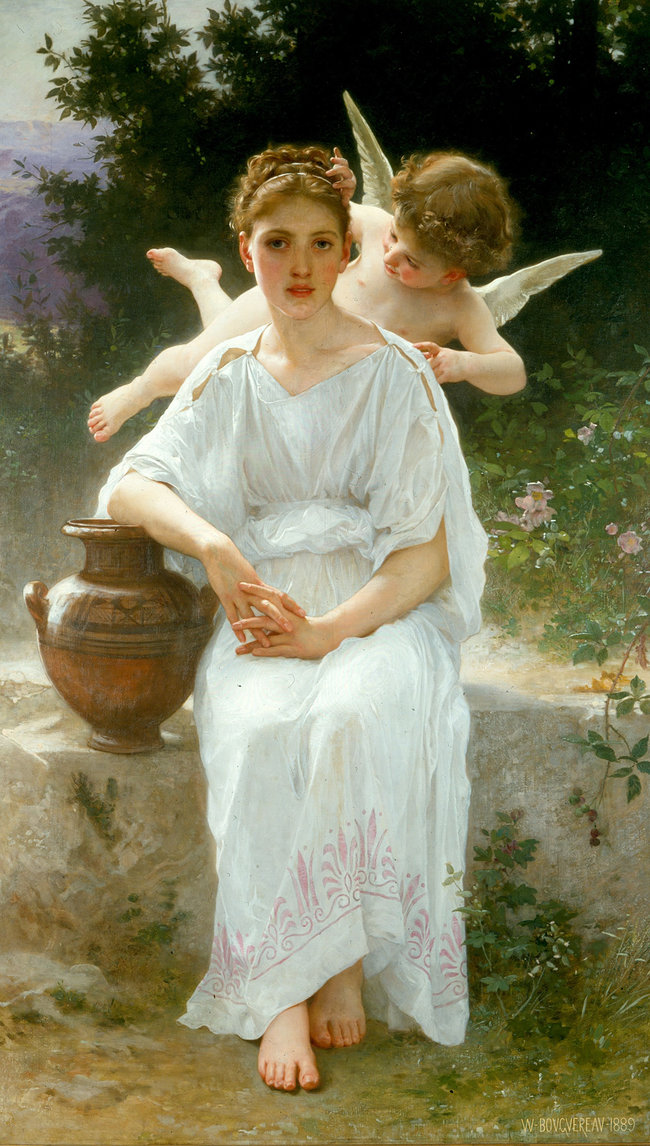
Ancient Art
Ancient art includes any art produced before the Fall of the Western Roman Empire in 476. The great civilizations of Ancient Rome, Ancient Greece, Ancient Egypt, Babylon, Ancient India and Ancient China produced significant art.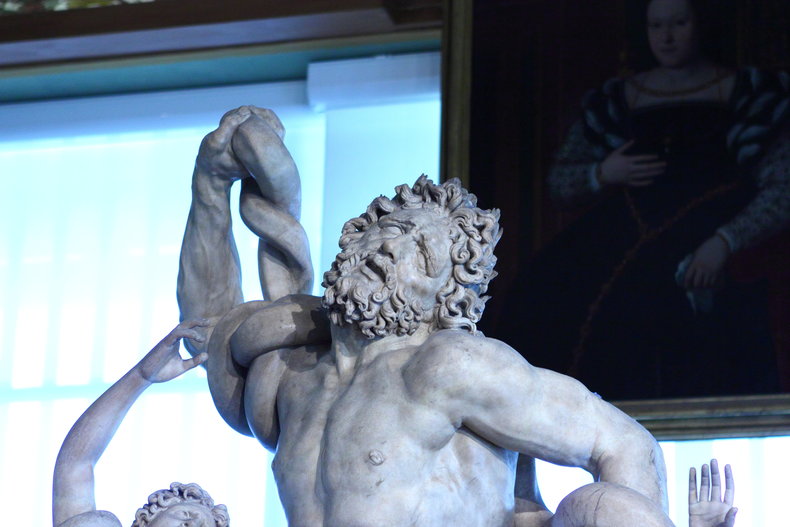
Realism
Realism is the depiction of the realities of the world without being colored by emotion, idealism, pessimism, ideology or the imagination.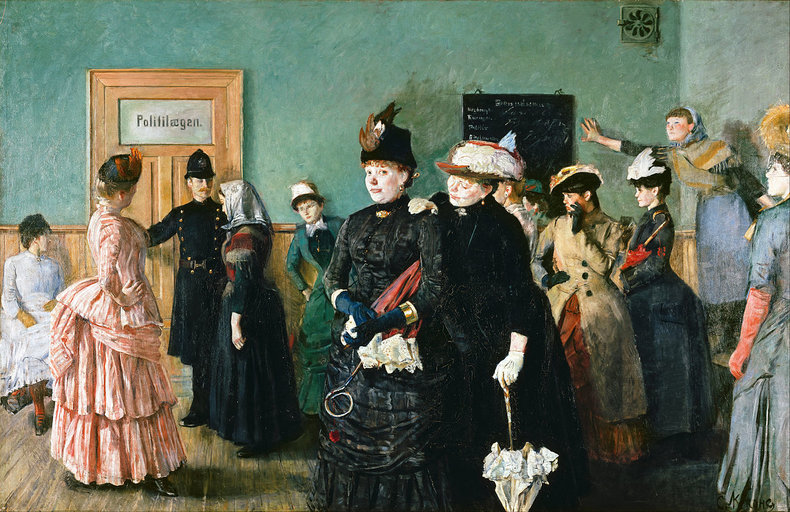
Hyperrealism
A contemporary style of art that uses extremely realistic detail to produce works that are difficult to differentiate from reality.
Pop Art
Pop art is stylized after elements of consumer society and pop culture such as advertising, product design and comic books. This is considered a type of capitalist realism that delves into irony, parody and allegory that questions the direction of society and culture.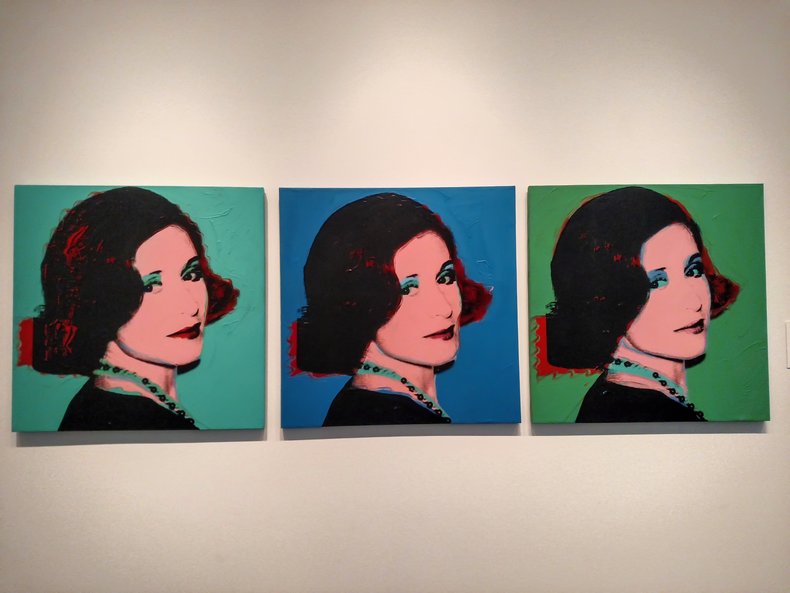
Ukiyo-e
Ukiyo-e is Japanese art of the Edo-era that was widely distributed to the masses using woodblock printing techniques such that it represented an early form of pop culture. These included popular topics such as travel scenes, history, current events, sumo, mythology and the comical faces of kabuki actors. Ukiyo-e also included a genre known as bijinga, literally "beautiful person picture" that featured depictions of geisha and other fashionable women.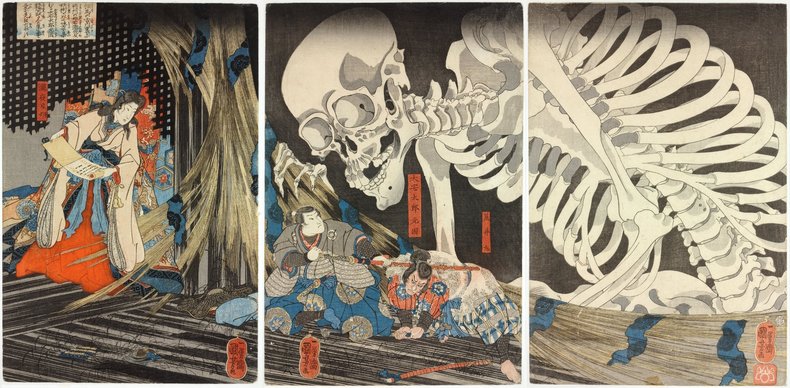
Japonism
In the 1850s, the United States Navy essentially forced Japan to open to American trade. The European powers quickly followed the American lead and soon Japan had trade agreements with Russia, Britain, France and Holland. This plunged Japan's society and economy into chaos as cheap foreign goods flooded the domestic market and Japan scrambled to industrialize and militarize to defend herself. One of the first exports Japan managed to get out to the world were ukiyo-e prints. The sudden availability of these otherworldly artworks in Europe and America influenced many artists of the time creating a movement known as Japonism whereby artists incorporated Japanese themes and styles into their works.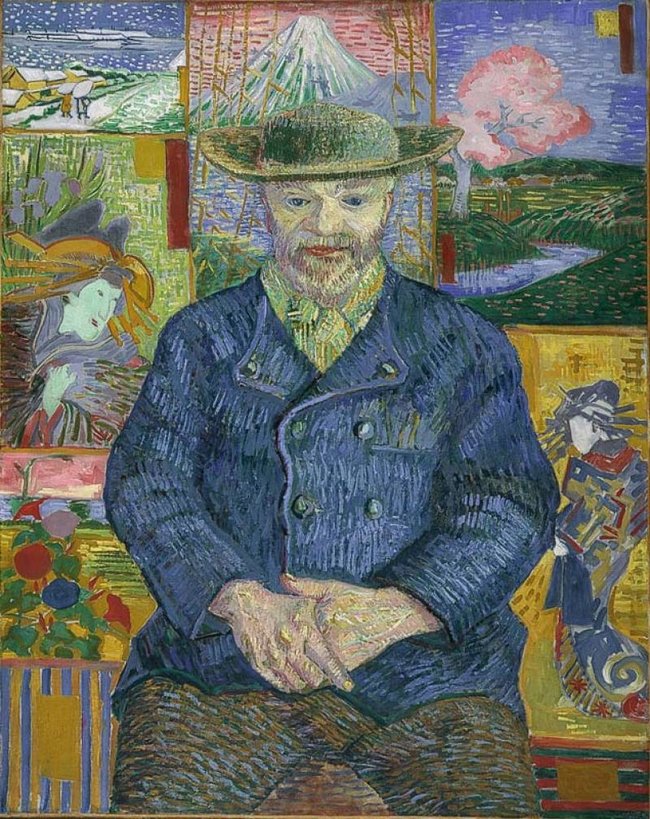
Baroque
Baroque is a highly ornate and extravagant style that emerged in Europe in the 17th century. It was encouraged by the Catholic Church as a reaction to the simple austerity of Protestant art. The baroque style does everything it can to inspire a sense of awe with emotion, detail, contrast, chaos and rich color.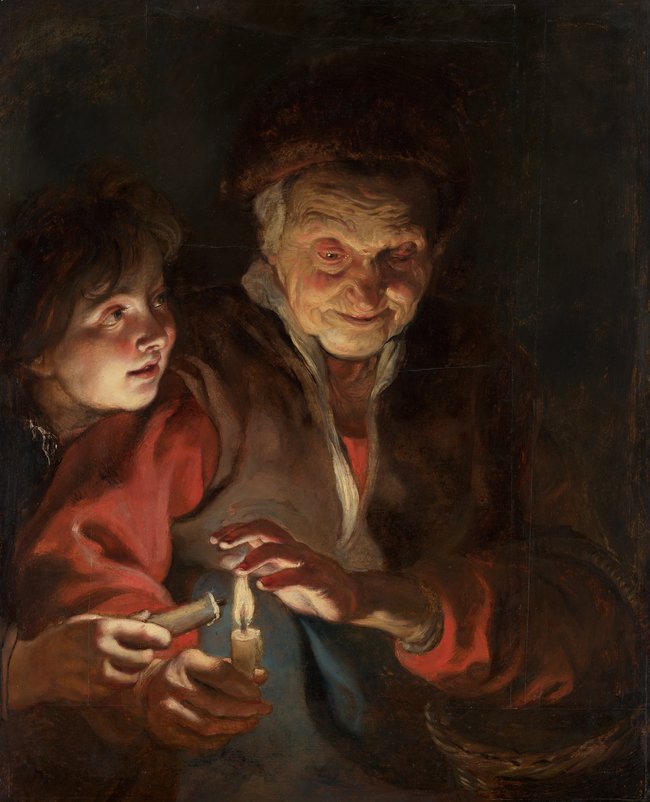
Dutch Golden Age
The Dutch Golden Age is a period in Dutch history around the time of the Eighty-Years War in the 17th century where they produced a number of extremely talented artists such as Johannes Vermeer and Jan Steen. At the time, the Dutch Republic was the most prosperous nation in Europe. The Dutch Golden Age occurred at the same time as Baroque but has opposing characteristics as the Dutch tended towards realism and avoided the garishness of Baroque. Dutch masters also chose mostly non-religious themes and tended to depict everyday life. At this time, this was somewhat rare in the entire history of painting.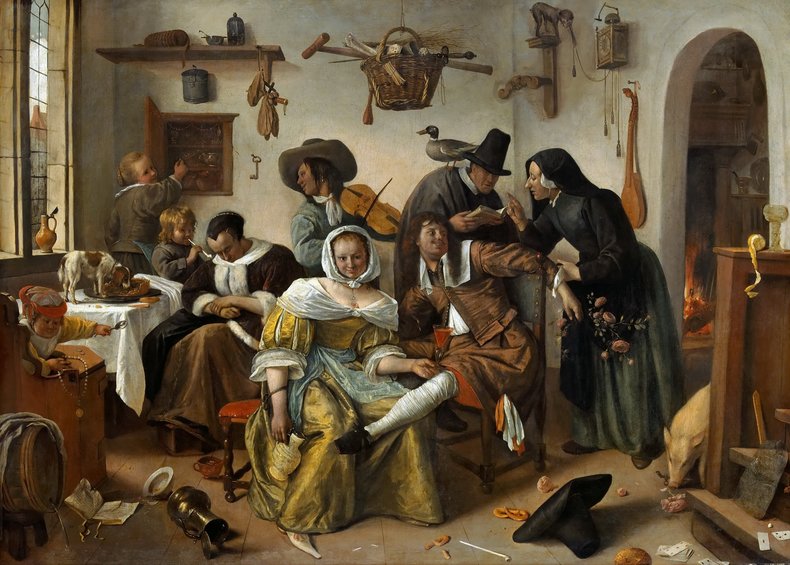
Impressionism
Impressionism seeks a realistic depiction of the world with an emphasis on color and light. It captures the passing of time as opposed to a moment resulting in a soft fuzzy look. Technically this is achieve by prioritizing free brush strokes over line and form. Impressionism shocked the art world and was poorly received at first. The term "impressionism" originated in a mocking review by critic and humorist Louis Leroy who used the term disparagingly to voice his view that impressionist works resembled unfinished sketches.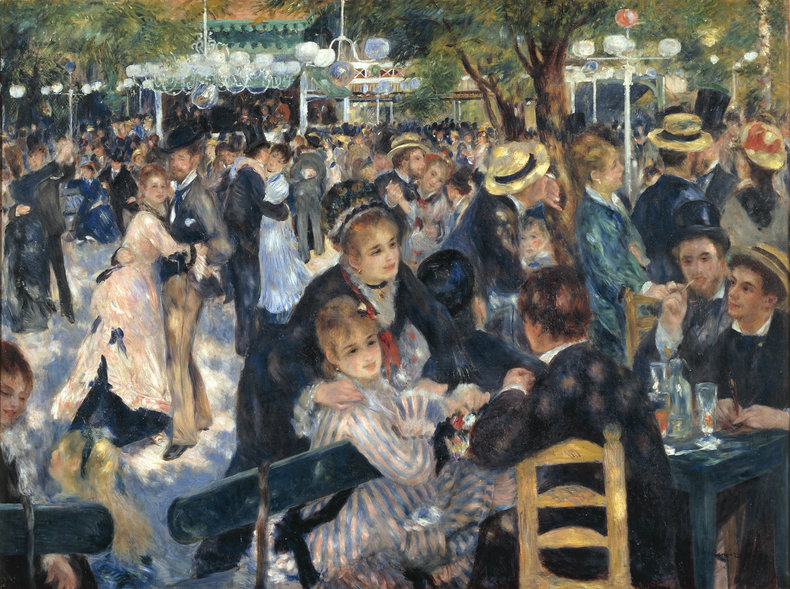
Neo-impressionism
Neo-impressionism is the separation of color into separate dots not unlike the work of a modern printer or digital screen. Despite its name, neo-impressionism is essentially the opposite of impressionism. Where impressionism uses free flowing and chaotic brush strokes, neo-impressionism uses mechanical and systematically planned dots of color. Neo-impressionist arts made extensive use of color theory to plan how dots of colors close to each other would be perceived from a viewing distance. Although presented as scientific, it was common for neo-impressionist artists to have a pseudoscientific view of color theory.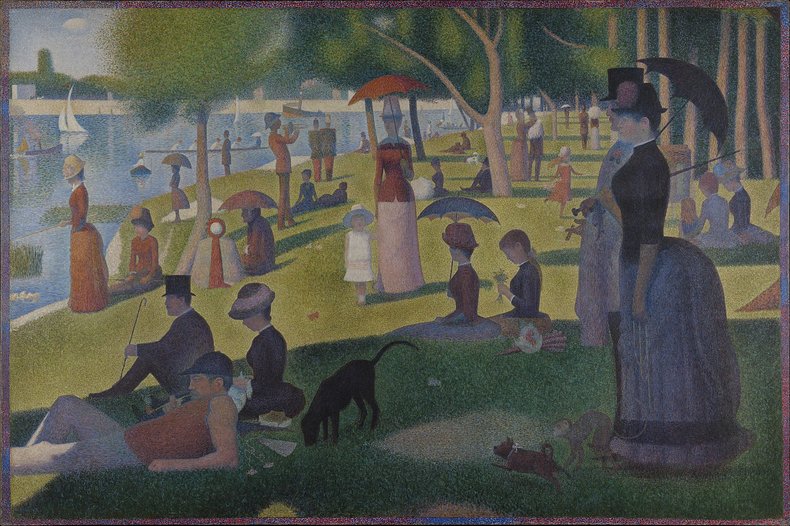
Fauvism
Fauvism is an early 20th art movement that created paintings that looked like paintings with obvious brush strokes and brave use of unrealistic color. This was a reaction to art movements at the time such as realism and neo-impressionism that created paintings that looked photographic or systematic.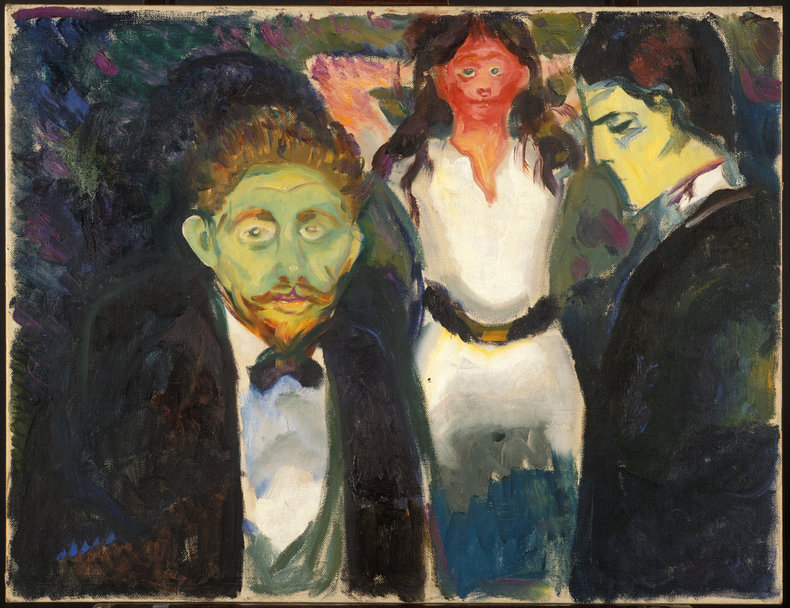
Expressionism
Expressionism depicts the world in a purely subjective way such that the artist is free to express emotion, imagination and abstraction. Although expressionist artists are theoretically free to express what they want, they tend to express angst.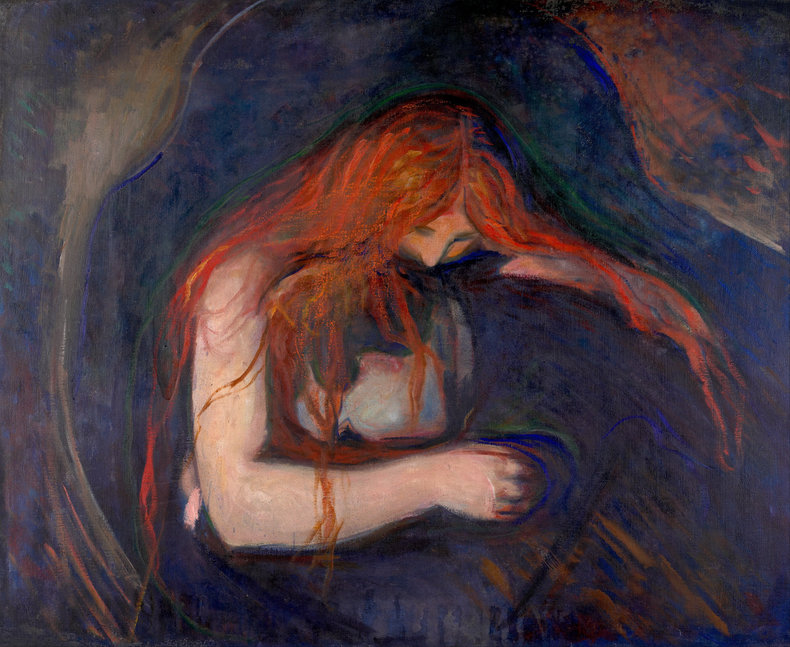
Abstract Expressionism
An post-WWII American art movement based on purely subjective and abstracted works such as paint that is thrown on a canvas in a moment of inspiration or a painting that consists of a single solid color. Such works were designed to provoke and drew criticism for being unskilled, completely random and meaningless. Nevertheless, abstract expressionism became viewed as high culture.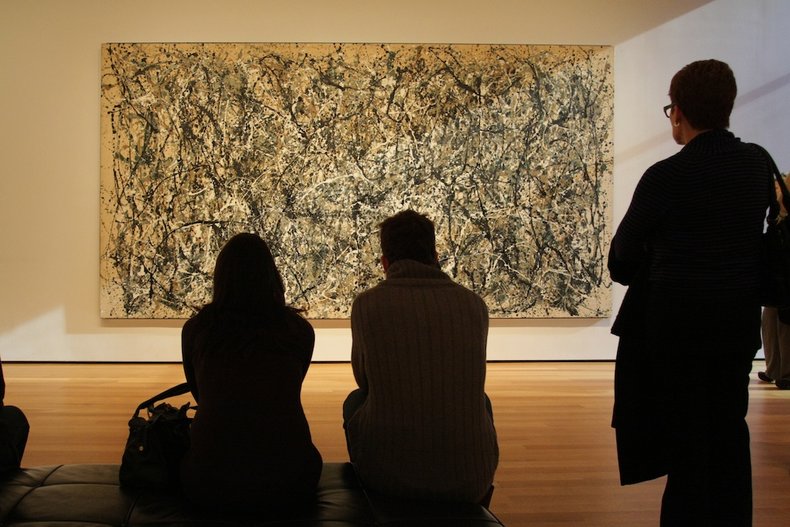
Cubism
Cubism can be described as abstraction in 3-dimensions. Conceptually, this involves depicting a subject from multiple viewpoints. This began to emerge in 1907 with the Pablo Picasso work Les Demoiselles d'Avignon (below) that is considered the first cubist work, although the style would later emerge to be far more abstracted. Cubism shook the art world and inspired dozens of early 20th century art movements.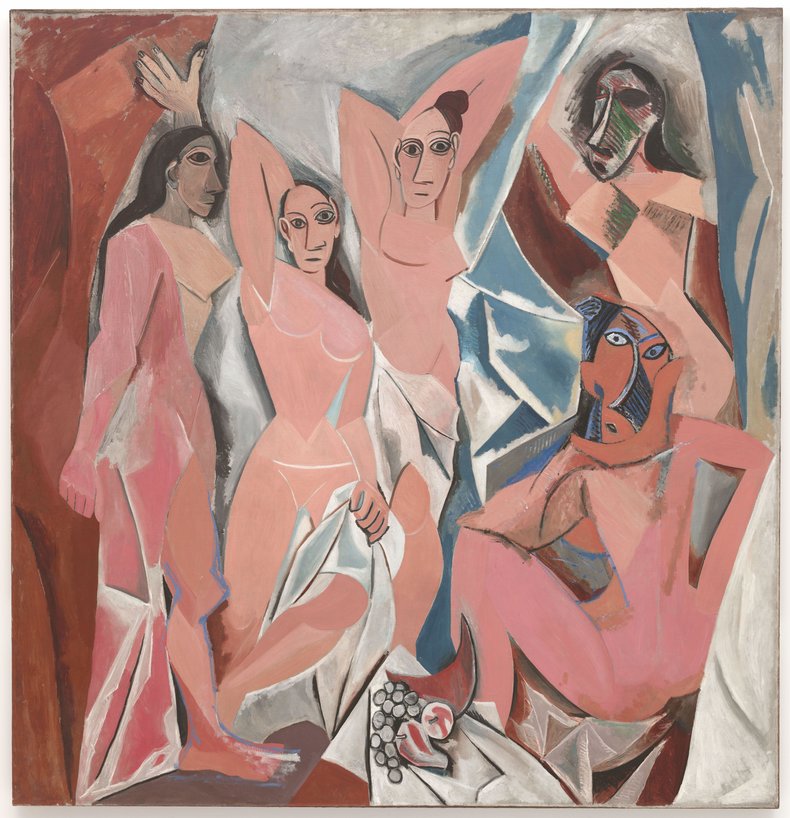
Futurism
Futurism was an early 20th century art movement that featured themes that were considered futuristic at the time such as speed, youth, automobiles, airplanes and industrial cities. Stylistically, futurism often resembled cubism.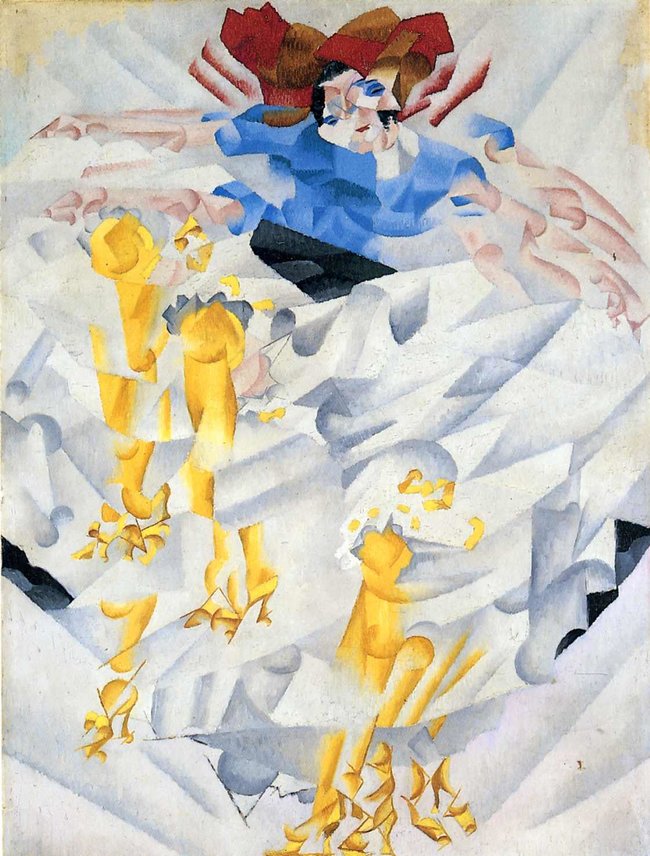
Symbolism
A late 19th century art movement that drew on mythology, iconography and imaginative elements to produce works that were richly symbolic.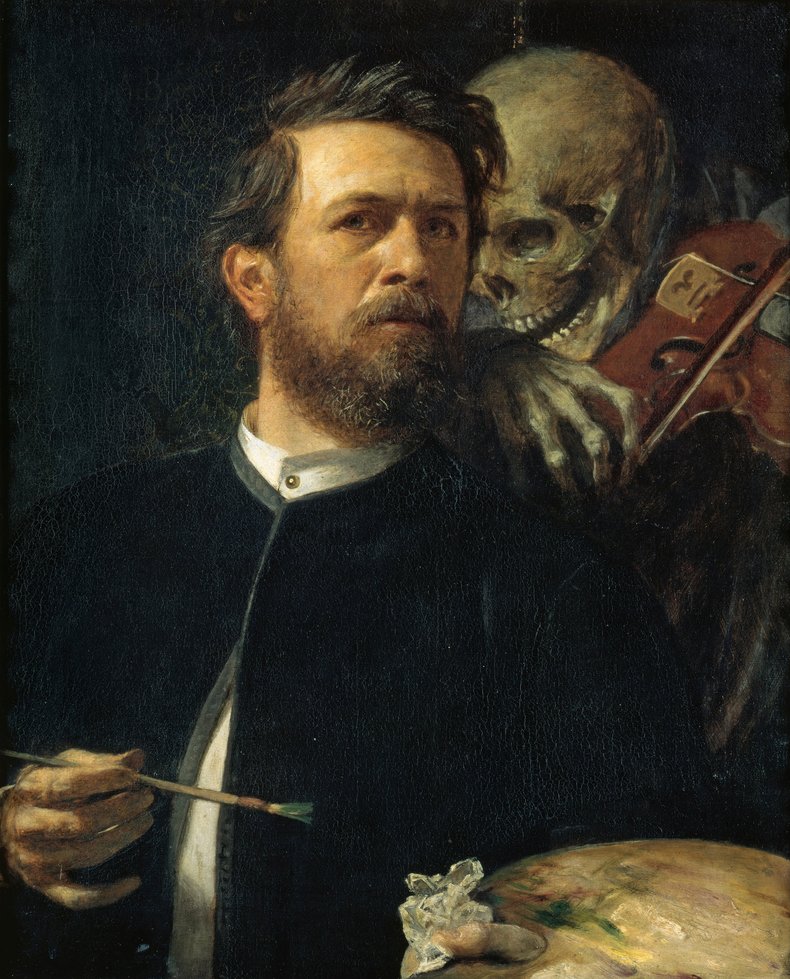
Art Nouveau
An extremely decorative style of art that was considered modern and fashionable between 1890 and 1910. Art Nouveau was often featured in architecture, interior design, decorative items and advertising but nevertheless gained respect as a fine art. The usual definition of fine art requires that art be produced without commercial constraint.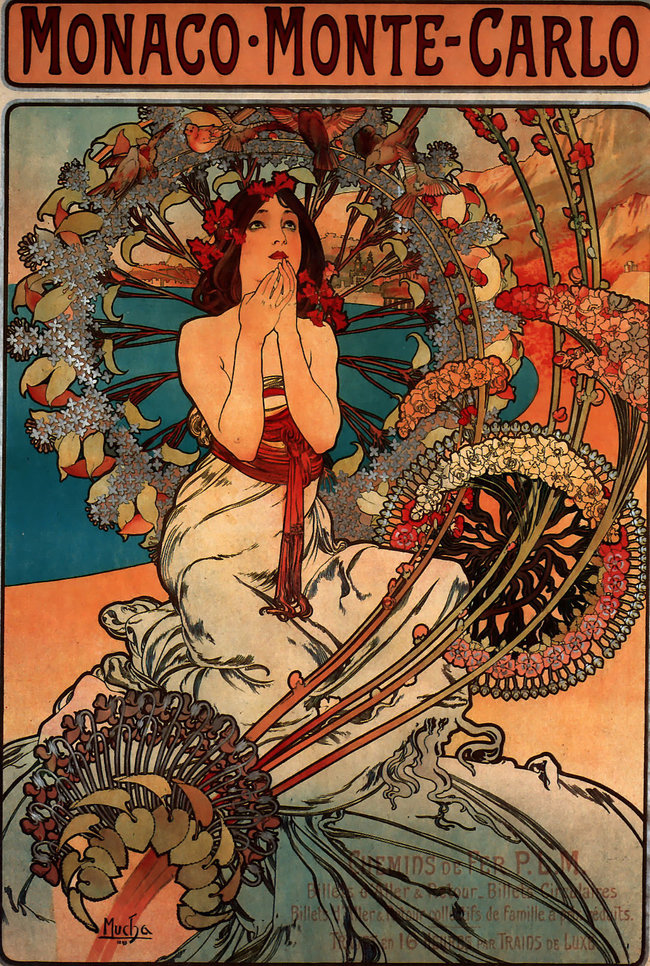
Surrealism
Surrealism is art that imagines different realities that may be purposely unnerving, dark, illogical or paradoxical. It is also common for surrealism to be inspired by popular psychology with themes such as the visual representations of the subconscious. Although typically considered a 20th century art movement, surrealism is also clearly present in the works of 15th century Dutch Painter Hieronymus Bosch.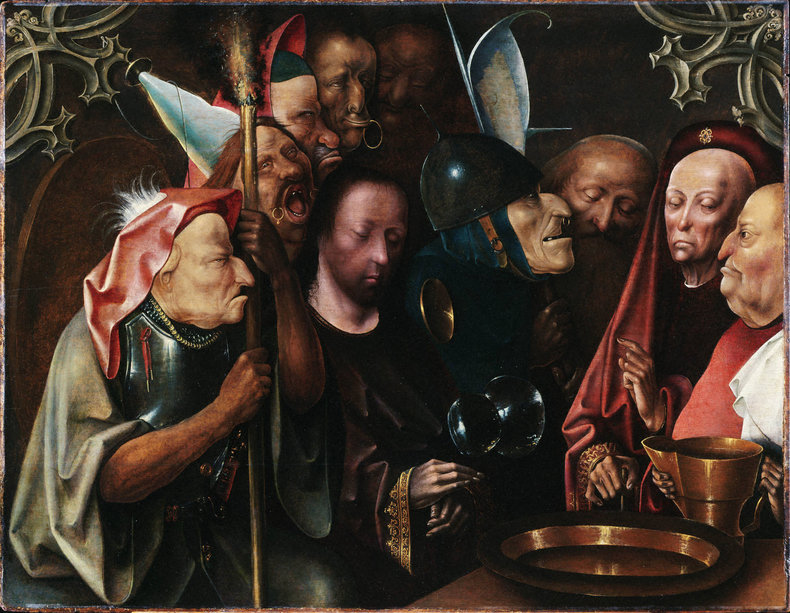
Anti-art
Anti-art is art that seeks to mock the absurdities of the high culture and the art world. This often attacks the randomness and cult of personality that underlies a variety of successful art movements. For example, the Dada movement of the early 20th century introduced random collages made from newspaper cuttings as art and sculpture produced from found items such as a public urinal. Ironically, the world of high culture now views many of these items as priceless works of art. This is confirmation that high culture values any art with the power to provoke leading a large number of modern and postmodern artists to seek controversy over aesthetics.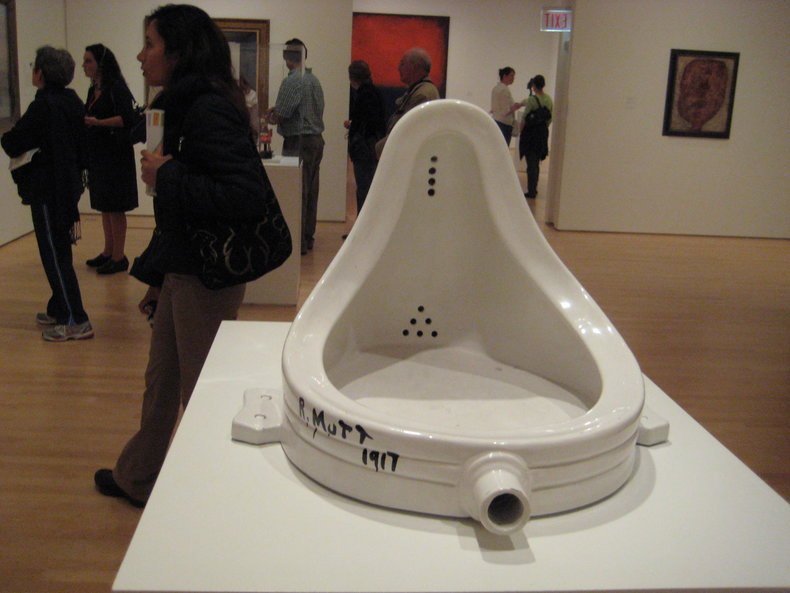
Naive Art
Art that is produced by an artist with little formal training or immersion in an artistic community such that they may develop unique styles and methods that are independent of the art movements of their time. For example, Henri Rousseau was a prominent late 19th century French painter who worked as a tax collector until age 49. Rousseau didn't start painting seriously until his early 40s.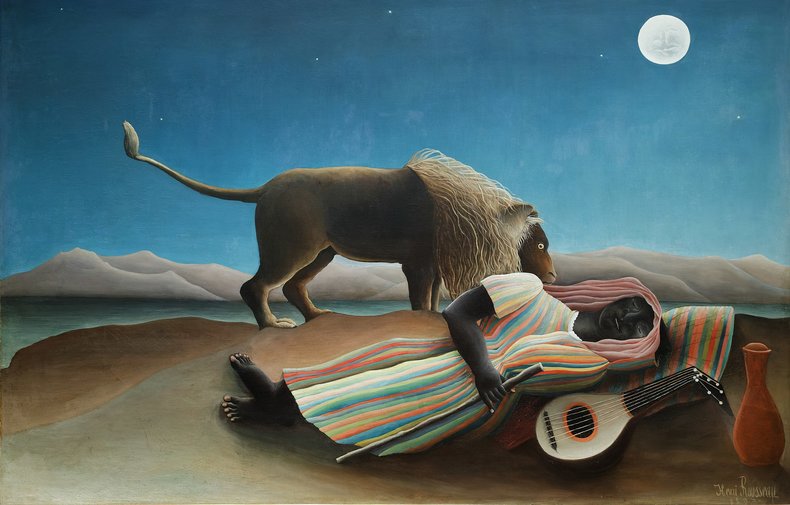
Folk Art
Art that is created for the purposes of culture and tradition as opposed to the free expression of fine art.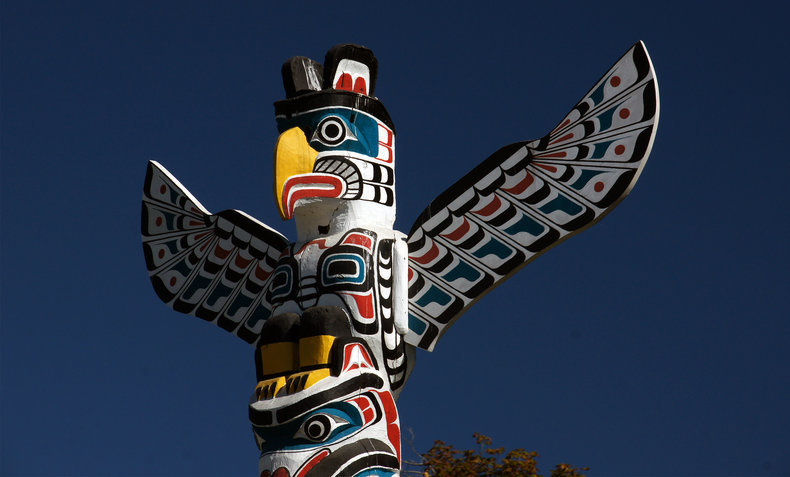
Modern Art
Modern art refers to any art produced between 1800 and 1970. This may be extended in the future because the contemporary art of today may be labeled modern in future. Some modern art embraces the ideology of modernism while other modern art rejects it. For example, modern minimalist art aligns with the modernist ideal of less is more while modern art movements such as cubism, expressionism, romanticism, impressionism and neoclassicism clearly do not.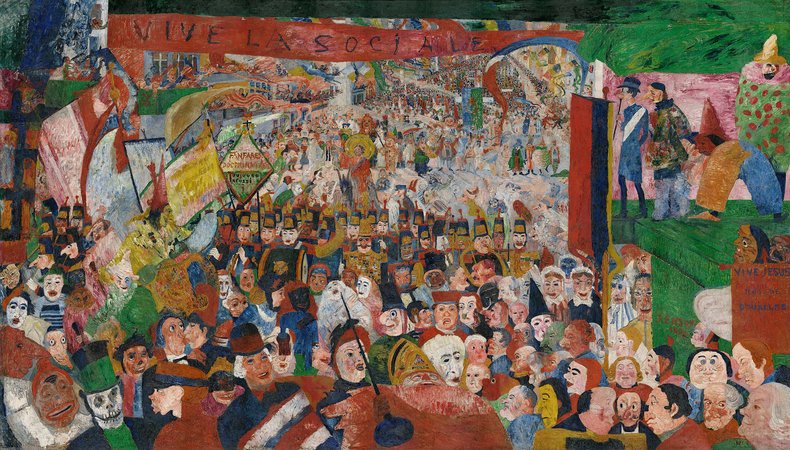
Contemporary Art
Contemporary art is any art produced since 1970. This is a designation that is meant to apply to the work of living artists such that this period will be relabeled in future. Nobody yet knows what this label will be as it depends on which artists of today will standout from the viewpoint of the future.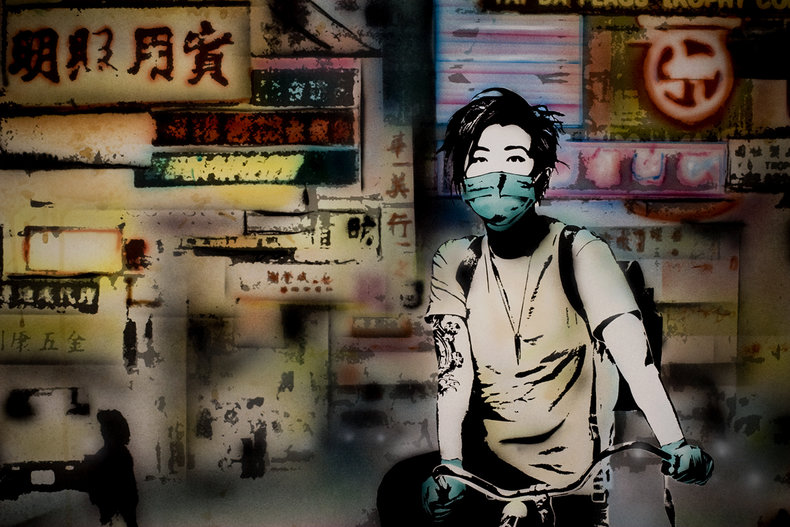
Postmodern Art
Postmodern art is a collection of contemporary movements that embrace the ideology of postmodernism or that generally seek to challenge modern art. Such movements are diverse but general trends in postmodern art include immersive experiences, challenges to the elitism of high culture and works that blur the line between art and popular culture. Postmodern art is often political such that it critiques society or culture.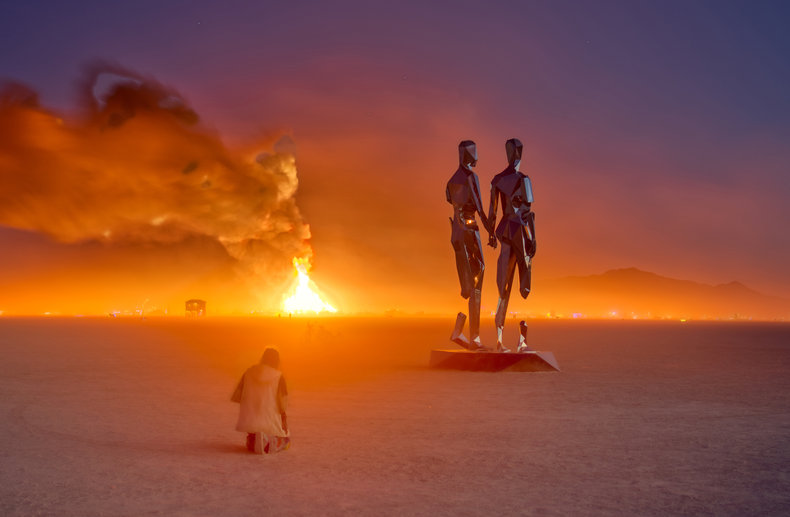
Stuckism
Stuckism is a contemporary art movement that seeks authentic but not necessarily realistic representations of the world. This can be viewed as a reaction against the tendency towards abstraction, anti-art and postmodernism in contemporary art. Stuckism is highly stylized and often resembles 20th century modern art.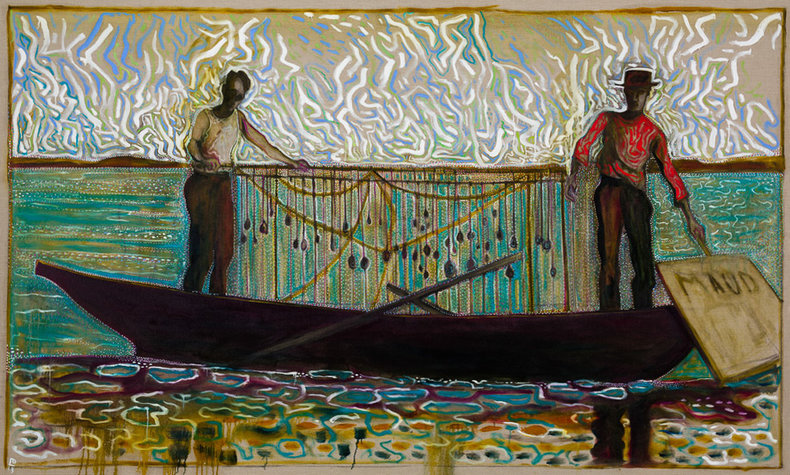
Movements
Many of the styles above are also movements that are associated with a particular period of time. This is a reflection of the fact that art is an artifact of the time and culture that produced it. The following timeline indicates the approximate dates of movements related to the styles above.Movement | Time Period (approximate) | Associated With |
Ancient Art | Before 476 | The great civilizations of history such as Ancient Rome. |
Renaissance | 1300 - 1600 | ItalyFranceGermany |
Baroque | 1600 - 1750 | Initially sponsored by the Catholic Church as part of the Counter-Reformation. |
Dutch Golden Age | 1620 - 1672 | Dutch Republic |
Ukiyo-e | 1661 - 1868 | Edo-era JapanPopular artwork for the merchant class first appeared around 1661. |
Neoclassicism | 1760 - 1900 | A broad movement of art, architecture, literature, fashion and music. Began with art around 1760 and continued in architecture into the 20th century. |
Romanticism | 1790 - 1850 | EuropeUnited States |
Modern Art | 1800 - 1970 | Modern art is defined by its time and isn't necessarily aligned to the ideology of modernism. |
Realism | 1840 - 1900 | FranceUnited States |
Impressionism | 1860 - 1900 | FranceClaude MonetEugène DelacroixJ. M. W. Turner |
Japonism | 1860 - 1890 | EuropeUnited States |
Neo-impressionism | 1886 - 1910 | FranceGeorges Seurat |
Symbolism | 1890 - 1918 | Gustav Klimt |
Expressionism | 1893 - 1930 | A German movement that was largely inspired by Norwegian painter Edvard Munch. |
Fauvism | 1904-1910 | France Henri Matisse |
Cubism | 1907-1918 | Pablo Picasso Georges Braque |
Futurism | 1909-1930 | ItalyA second wave of futurism occurred in the 1960s. |
Dada | 1914 - 1922 | Considered anti-art that was nevertheless viewed as high culture. |
Surrealism | 1917 - 1950 | Remarkably, surrealism also appeared in the work of Hieronymus Bosch in the 15th century. |
Abstract Expressionism | 1946 - 1970 | New York |
Pop Art | 1950 ~ | America Andy Warhol |
Contemporary Art | 1970 ~ | Living Artists |
Postmodern Art | 1970 ~ | Mostly applied to contemporary works and artists. However, artists such as Expressionists embraced certain postmodernist ideals as early as the late 19th century proving that artists are often ahead of broad cultural trends. |
Stuckism | 1999 ~ | United Kingdom |
Summary
An art style is an overall expressive technique that is recognizable as belonging to a period of art history, art movement or artist. This can include technical elements such as use of line and expressive elements such as composition, subject matter, narrative, abstraction and mood.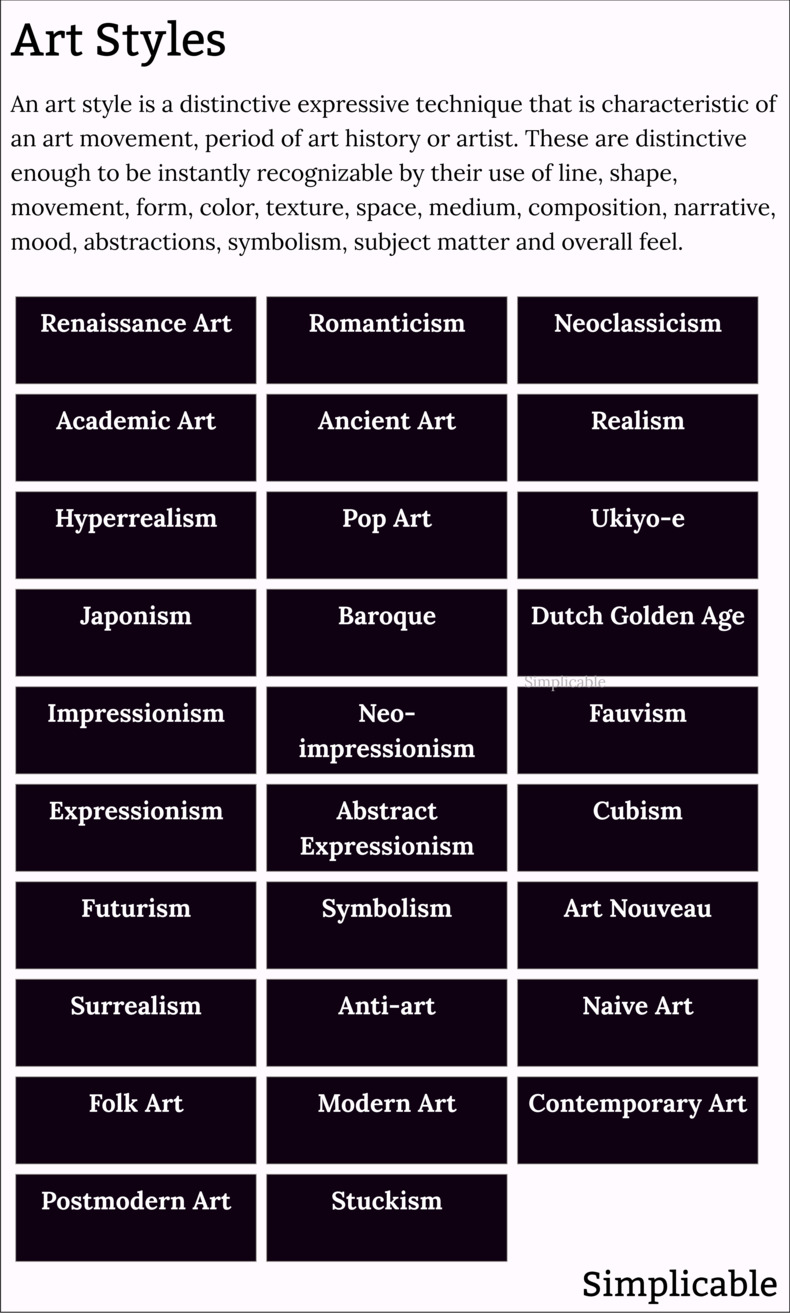
| Overview: Art Styles | ||
Type | ||
Definition | A set of distinctive characteristics that are shared between artworks. | |
Related Concepts | ||

